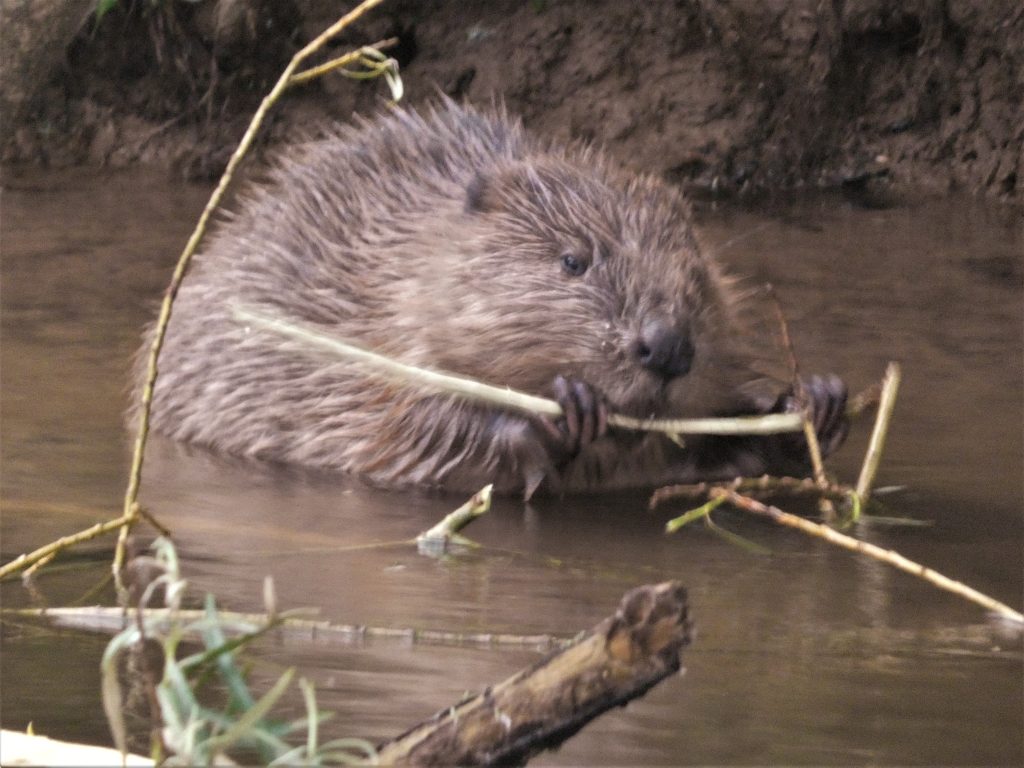
Anyone who has removed a branch or similar from a pond, will remember the incredible quantity of weed that will have wrapped around it. Any surface which lies underwater, tends to accumulate variety of things which makes it “grimy”. From dirt to algae and even bacteria, the process is called fouling.
However, animals like otters and beavers do not have to spend large amounts of time removing these substances from their fur – Why? This ability comes in part from the fur itself, where each hair can bend and flex as the animal moves, and a recent study showed that this ability to move allows the accumulation of dirt to be less than half of that when the hair is held steady at both ends (or for instance in hair that does not sway). This is a big issue in places such as boat, and people are working on ways to stop this.
It is fascinating the way that so many human processes take their inspiration from the natural world.
Beaver dams create barriers which allow all these bad substances to be removed. Dams block large quantities of soil, manure, slurry and fertilisers from rivers and streams, The stationary water allows substances like fertilizers and other chemical substances to sink to the bottom and be removed from the river ecosystem. Both the European beaver and the American beaver have the same impact on their water environment. While otters do not have the same dam making ability, they do have cleaning impacts on their environments as well.
It is well known, that while otters and beavers are often not the first species to return after a river is polluted, they can accelerate the process.
